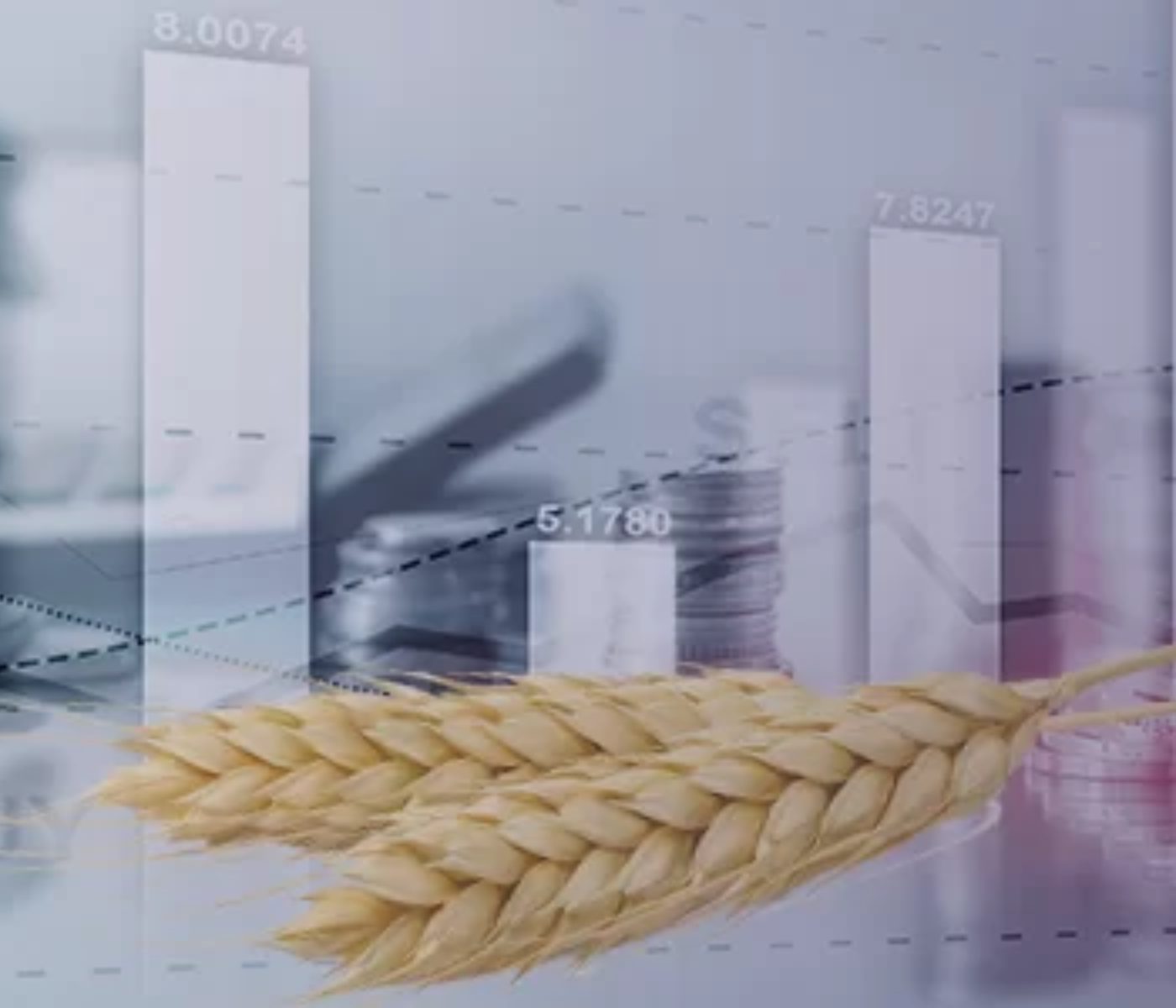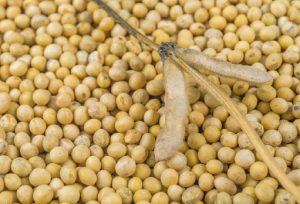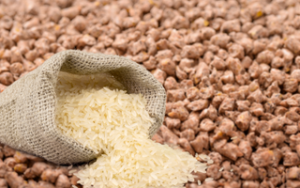 08 May 2024
08 May 2024
Global Grain Market Outlook: Adjustments Reflect Diverse Challenges and Opportunities
 The global grain market outlook for the 2023/24 and 2024/25 seasons is rife with adjustments, reflecting a complex interplay of factors including weather conditions, disease prevalence, and economic trends. The latest assessments from the International Grains Council (IGC) shed light on the evolving landscape of wheat, maize, soybeans, and rice, providing insights into production, consumption, trade, and market dynamics.
The global grain market outlook for the 2023/24 and 2024/25 seasons is rife with adjustments, reflecting a complex interplay of factors including weather conditions, disease prevalence, and economic trends. The latest assessments from the International Grains Council (IGC) shed light on the evolving landscape of wheat, maize, soybeans, and rice, providing insights into production, consumption, trade, and market dynamics.
2023/24 Recap: Adjustments Amidst Challenges
The forecast for total grains production in 2023/24 faces a downgrade, primarily attributed to a dimmer outlook for maize production. This adjustment, stemming from factors like rising disease incidences and drought stress, results in a 3 million ton cut, bringing the total to 2,301 million tons. Conversely, consumption sees a 3 million ton increase, mainly fueled by adjustments in wheat demand. Consequently, closing stocks witness a reduction of 8 million tons, settling at 591 million tons. Despite supply constraints, trade prospects soar to a three-year peak.
2024/25 Prospects: Navigating Tighter Supply Dynamics
The outlook for the 2024/25 season indicates a slightly tighter supply scenario compared to earlier projections. A smaller carry-in and a trimmed production forecast, particularly for US maize, contribute to this assessment. Despite a moderated consumption outlook, end-season carryovers shrink by 9 million tons, reaching 592 million tons, albeit marginally higher year-on-year.
Soybeans: Trade Dynamics and Record Production
The soybean market reflects a mix of challenges and opportunities. While global output in 2023/24 is poised to reach record levels, trade volumes are expected to decline by 3% year-on-year, influenced by reduced shipments to key markets. Looking ahead to 2024/25, record production is anticipated alongside increased demand, with trade projected to rebound by 3% year-on-year.

Rice: Marginal Adjustments and Trade Stability
Rice market adjustments for 2023/24 are minimal, with global reserves slightly higher month-on-month. Trade forecasts remain steady at 50 million tons, with a modest decrease year-on-year. Despite a slight reduction in China’s production forecast for 2024/25, global production is expected to reach a record high, accompanied by growth in consumption and stocks. However, trade expansion appears limited due to ongoing Indian restrictions.

Market Summary: Varied Trends Across Indices
The IGC Grains and Oilseeds Index (GOI) witnessed diverse trends across its components. While the overall index dipped slightly, driven by declines in soybeans, rice, and wheat, individual sub-indices showcased nuanced movements. Wheat values saw marginal declines due to decreases in North America and Australia, while maize values firmed up, albeit with regional disparities. Rice values trended lower, reflecting seasonal harvest pressures and subdued buying activities.
Navigating the Path Ahead
The global grain market continues to navigate through a myriad of challenges and opportunities, from weather-related disruptions to trade dynamics and economic shifts. As stakeholders monitor evolving trends and adjust strategies accordingly, the resilience of the industry remains paramount in ensuring food security and stability in the face of uncertainty.
Source: International Grains Council
Subscribe now to the technical magazine of animal nutrition
AUTHORS

Nutritional Interventions to Improve Fertility in Male Broiler Breeders
Edgar Oviedo
The Use of Organic Acids in Poultry: A Natural Path to Health and Productivity
M. Naeem
Synergistic Benefits of Prebiotics and Probiotics in Poultry, Swine, and Cattle
Gustavo Adolfo Quintana-Ospina
Hybrid Rye Potential in Laying Hen Feed Rations
Gwendolyn Jones
A day in the life of phosphorus in pigs: Part I
Rafael Duran Giménez-Rico
Use of enzymes in diets for ruminants
Braulio de la Calle Campos
Minerals and Hoof Health in the Pregnant Sow
Juan Gabriel Espino
Impact of Oxidized Fats on Swine Reproduction and Offspring
Maria Alejandra Perez Alvarado